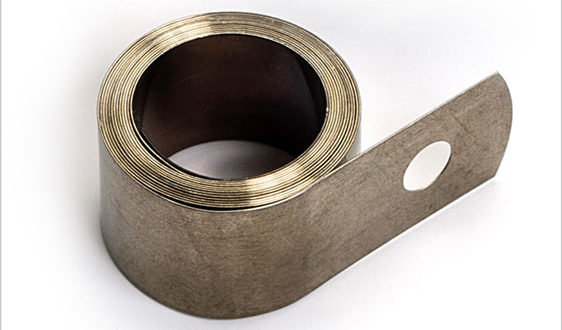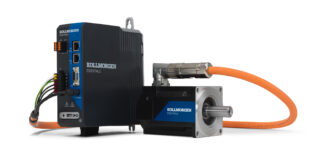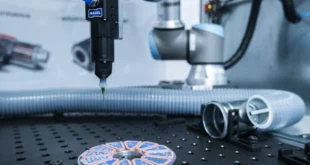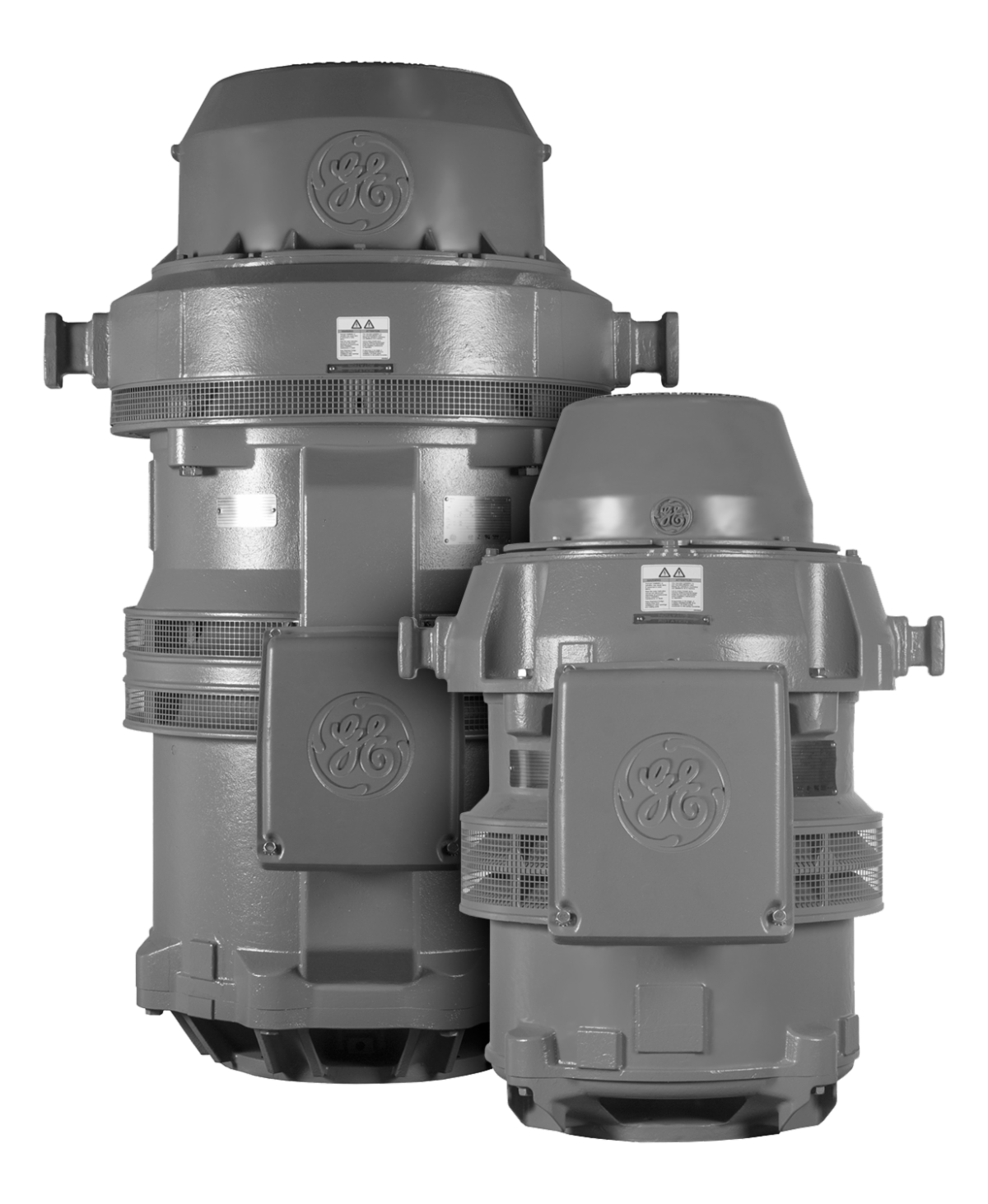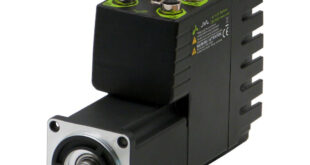They are therefore ideal for applications where a constant load is required.
Some of the many applications of constant force springs are in counterbalances, door closers, cable retractors, electric motors, appliances, space vehicles and other long-motion functions.
Motor springs are used for cable retraction, power generation etc.
Power springs are used for retracting applications such as seat belt webbing, tape measures and dog leads, seat recliner, window regulator mechanisms etc.
Where higher loads are encountered then multiple mounting can be used to increase force.
Constant force springs mounted back-to-back make the sum of their forces available at one point. This method also provides stable extension over long deflections. Tandem mounting makes the sum of two spring forces available at a single point while pulley mounting doubles the force of a single constant force spring.
Laminar mounting, inter-winding of two or more springs as an assembly, offers the sum of their forces in a minimum of
space.
Fatigue life of ex-stock constant force springs ranges from 2,500 cycles to 25,000 cycles depending upon the load and size of the spring.
Working deflections up to 42 inches can be achieved and these springs are much easier to handle than a conventional wire spring.
 Engineer News Network The ultimate online news and information resource for today’s engineer
Engineer News Network The ultimate online news and information resource for today’s engineer
